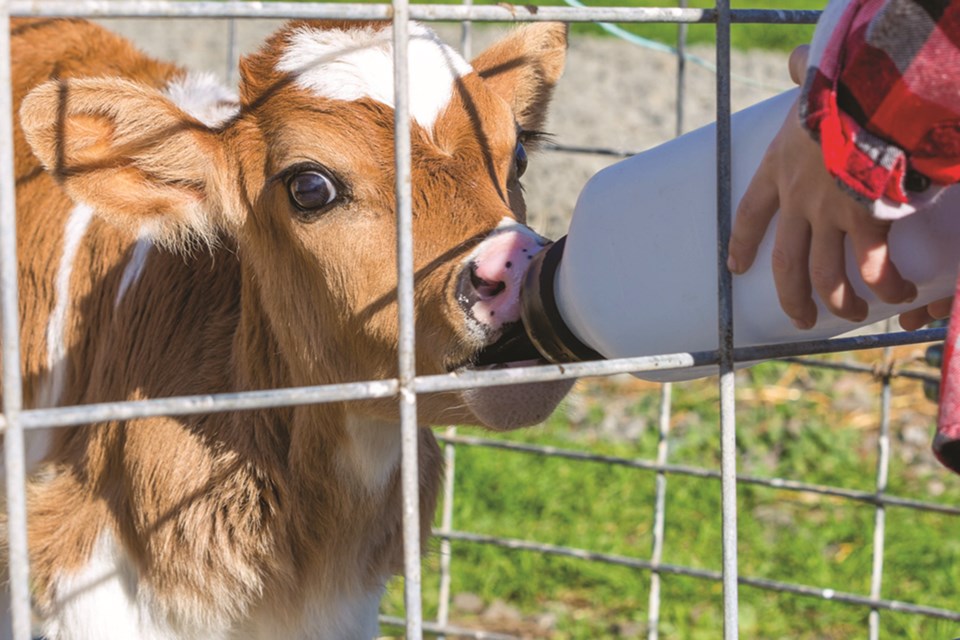There are many aspects of a producer’s day-to-day life that are out of their control. The weather, including precipitation, winds and plummeting temperatures, can test the best-made plans in the most organized of operations.
Producers all hope for a smooth calving season with predictable weather conditions and adequate feed inventories, but will sleep easier knowing that they have a plan if things go in a different direction. Long before the first calf hits the ground, there is much that can be done to decrease the stress and workload during a busy season.
Start with preventing disease before it starts by having a biosecurity plan.
Avoid co-mingling any new cattle with pregnant cows and implement strict quarantine times for animals coming back to the main herd.
Separate classes of cattle into different areas so you can manage risk based on what group is most susceptible to disease. Naïve animals such as first calf heifers and new calves should be kept in the highest risk category. Consider implementing a calving strategy to help minimize calfhood disease.
Print off a Google map of your calving areas so you can strategically plan how to move through groups of cattle in your day-to-day chores to prevent the spread of contaminants to high-risk animals.
Eliminate possible contaminants such as old feed piles, manure and deadstock. Think ahead to spring melt and be prepared for wet areas and how drainage can lead to standing stagnant water and disease reservoirs. Always have adequate dry bedding available when it is not possible to move cattle to clean and dry areas.
Clean your equipment. Ensure that the loader tractor you used to spread manure in the fall has been properly cleaned and disinfected before using it to bed new calves.
Create areas on your farm specifically for sick animals. Ensure those animals do not share water or have cross-fence contact with healthy animals. Never place sick animals in the same area as naïve animals, such as first-calf heifers.



